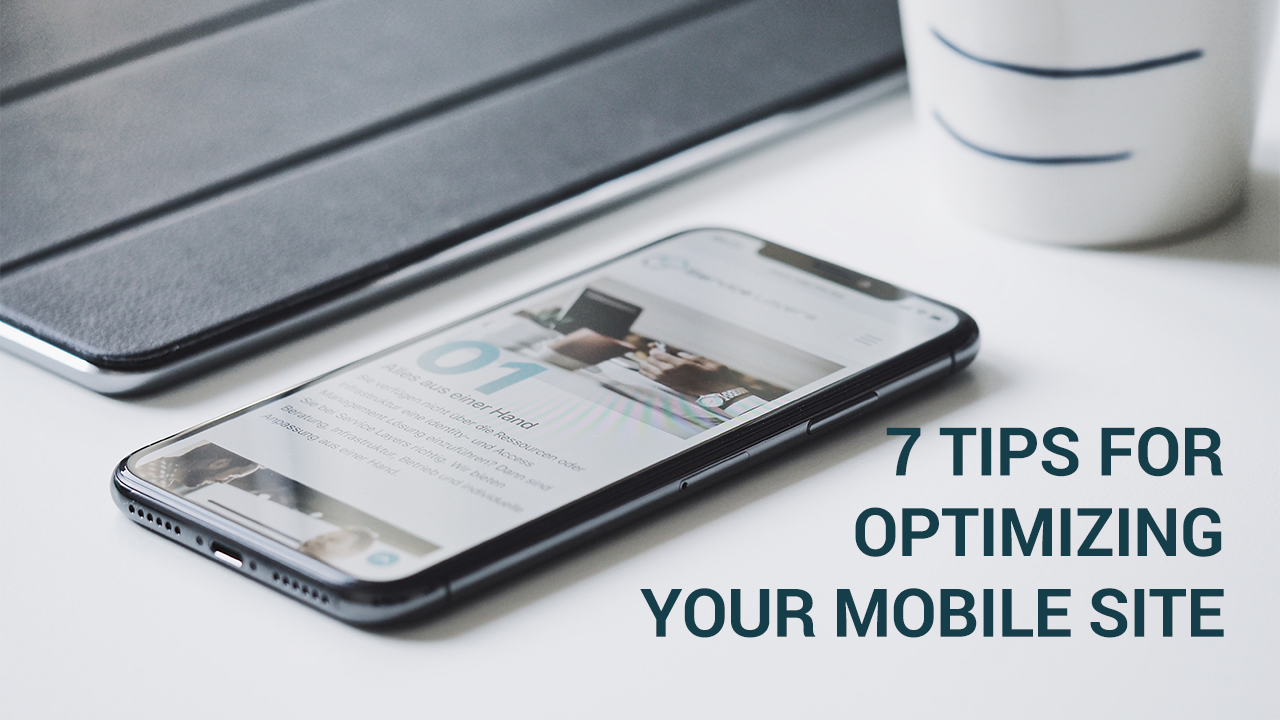With more than 60 percent of Google searches originating from mobile devices, your website must be optimized to deliver a quality user experience on smartphones and tablets.
Otherwise, visitors might find browsing your site so frustrating they give up and try another. And one of your competitors could win their business instead.
But what makes a website mobile-friendly?
Let’s explore five of the most important elements.
Simple navigation
Navigating the best mobile-friendly websites is a breeze.
One of the most common setups is a hamburger icon (a stack of three short horizontal bars) in a corner of the page. Users can tap this to open a vertical menu.
And every page should feature plenty of space — clutter will only confuse and irritate users on smaller screens.
Unclear page titles and illegible text can also make browsing your site more trouble than it’s worth.
Straightforward CTAs to guide users
A call-to-action (CTA) tells users what you want them to do next. They should be simple to spot and easy to follow, e.g. “get your free quote”, “sign up now”.
Lead customers to your CTAs with concise content that explains why they need to take the specified action.
How can you draw attention to CTAs? Display text in eye-catching colors, make the buttons big, and use a font that visitors can read without needing to pinch-zoom.
Responsive design suited to all devices
Responsive design ensures your site will adapt to fit any screen, across all devices. Pages will reformat automatically to avoid poor layouts and cluttered content.
Your customers will enjoy a seamless experience no matter how many devices they switch between.
Click-to-call buttons for direct communication
Click-to-call buttons empower visitors with a fast, direct way to contact your business.
This saves them the time and potential irritation of scouring your website for a number/email address or completing a form.
Let’s say you run a local Italian restaurant. A hungry customer is in the mood for a pizza, so they use voice search to find businesses like yours. They try your site, and find a click-to-call button on your homepage.
This makes it incredibly easy for them to book a table within seconds of discovering your restaurant, without trying to find your contact page while they’re standing on the street.
Images optimized for mobile
Images that work fine on your desktop site may cause issues on mobile devices if they’re too big. They’ll increase load times and leave users waiting longer than they should to browse.
And that’s a real risk when more than half of mobile site visits will be abandoned if a page takes more than three seconds to load.
Resizing and compression will bring images down to a more manageable level for mobile devices. Prioritize speed and convenience over visual flair.
These five elements are essential in mobile-friendly websites, so frequently check your site’s performance to identify improvement opportunities.
Want to learn more about how a fantastic mobile site can help your business? Get in touch with our Orange County SEO specialists!





 Let’s put them in reverse order, too – from least to most important.
Let’s put them in reverse order, too – from least to most important.